In fig 25-28, the battery has potential difference V=14.0 V C2=3.00μF,C4=4.00μF and all the capacitors are initially uncharged, when switch S s closed, a total charge of 12μC passes through point a and a total change of 8.0μC passes through point b. What are (a) C1 and (b) C3?

a)1.5μFb)2.0μF
Topper's Solved these Questions
- CAPACITANCEBook:RESNICK AND HALLIDAYChapter:CAPACITANCEExercise:PRACTICE QUESTIONS (SINGLE CORRECT CHOICE TYPE)
Explore 23 Videos
- CAPACITANCEBook:RESNICK AND HALLIDAYChapter:CAPACITANCEExercise:PRACTICE QUESTIONS (MORE THAN ONE CORRECT CHOICE TYPE)
Explore 12 Videos
- CAPACITANCEBook:RESNICK AND HALLIDAYChapter:CAPACITANCEExercise:CHECKPOINTS
Explore 4 Videos
- ALL ABOUT ATOMS Book:RESNICK AND HALLIDAYChapter:ALL ABOUT ATOMS Exercise:CHECKPOINT
Explore 1 Video
- CENTER OF MASS Book:RESNICK AND HALLIDAYChapter:CENTER OF MASS Exercise:Practice Questions (Integer )
Explore 4 Videos
Similar Questions
Initial charge on capacitor of 3μC. Find initial current when switched is closed.
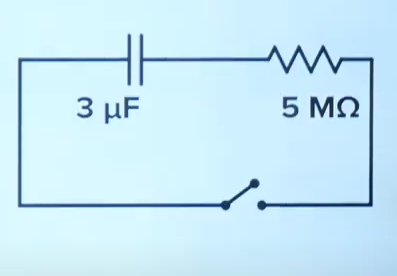
View SolutionTwo capacitor in Fig 25-37 has a capacitance of 30μF and is initially uncharged. The battery provides a potential difference of 120 V. After switch S is closed, how much charge will pass through it?
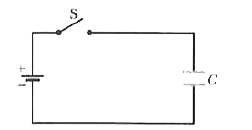
View Solution
Knowledge Check
A parallel plate capacitor of capacitance 1μF has a charge of +2μC on one of the plates and a charge of +4μC on the other. The potential difference developed across the capacitor is
A5VB2VC3VD1VIn the arrangement C1=10μ,FC2=10μF and C3=20μF . What is the equivalent capacitance ( in μF ) between points A and B ?
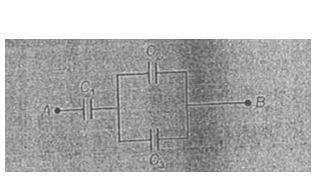 A7.5B10C12D15
A7.5B10C12D15In Figure the plate A has 100μC charge, while the plate B has 60μC charge.
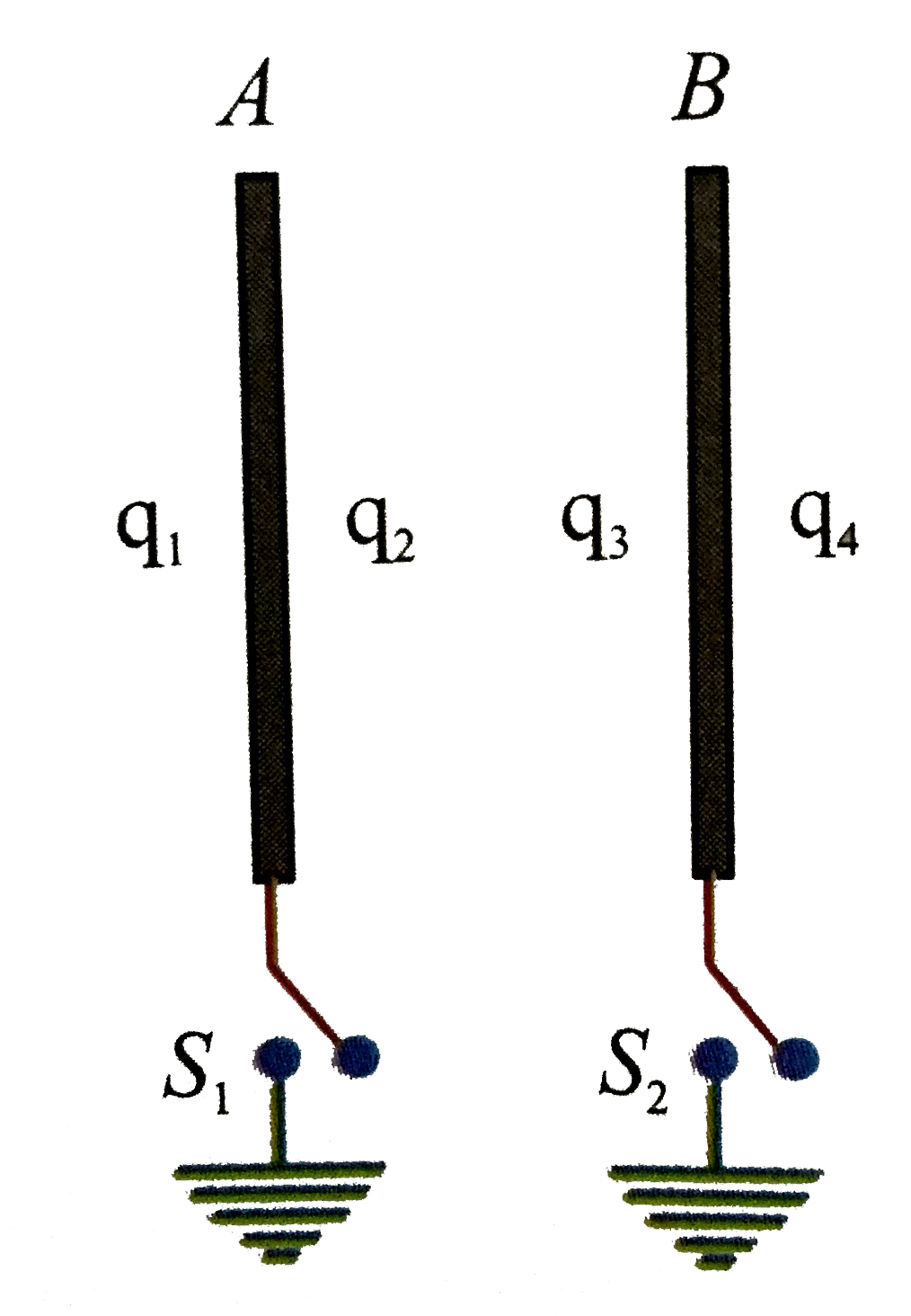 .
.
When only switch S1 is closed , thenAq1=10μCBq2=−60μCCq3=50μCDq4=10μC
Figure 25-27 displays a 16.0 V battery and 3 uncharged capacitors of capacitances C1=4.00μF,C2=6.00μFandC3=3.00μF The switch is thrown to the left side until capacitor 1 is fully charged. Then the switch is thrown to the right. What is the final charge on (a) capacitor 1, (b) capacitor 2 and (c ) capacitor 3?
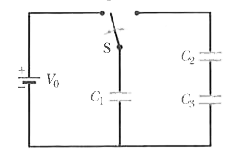
View SolutionIn fig 25-39 the capacitances are C1=1.0μFandC2=3.0μF and both capacitors are charged to a potential difference of V=200V but with opposite polarity as shown. Switches S1andS2 are now closed. (a) What is the now the potential difference between points a and b? What now is the charge on capacitor (b) 1 and (c) 2?
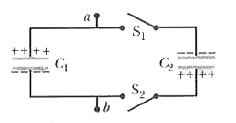
View SolutionFind the equation of a plane passing through the points A(a,0,0), B(0,b,0) and C(0,0,c).
View SolutionFigure 25-43 shows a 24.0 V battery and four uncharged capacitors of capacitances C1=1.00μF,C2=2.00μFC3=3.00μFandC4=4.00μF IF only switch S1 is closed, what is the charge, on (a) capacitor 1 (b) capacitor 2 (c ) capacitor 3 and (d) capacitor 4? IF both switches are enclosed , what is the charge on (e) capacitors1.(f) capacitor 2, (g) capacitor 3, and (h) capacitor 4?

View SolutionIn Fig, 25-26 , find the equivalent capacitance of the combination. C1 is 10.0μF,C2 is 8.00μF, and C3 is 4.00μF
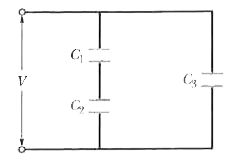
View Solution

